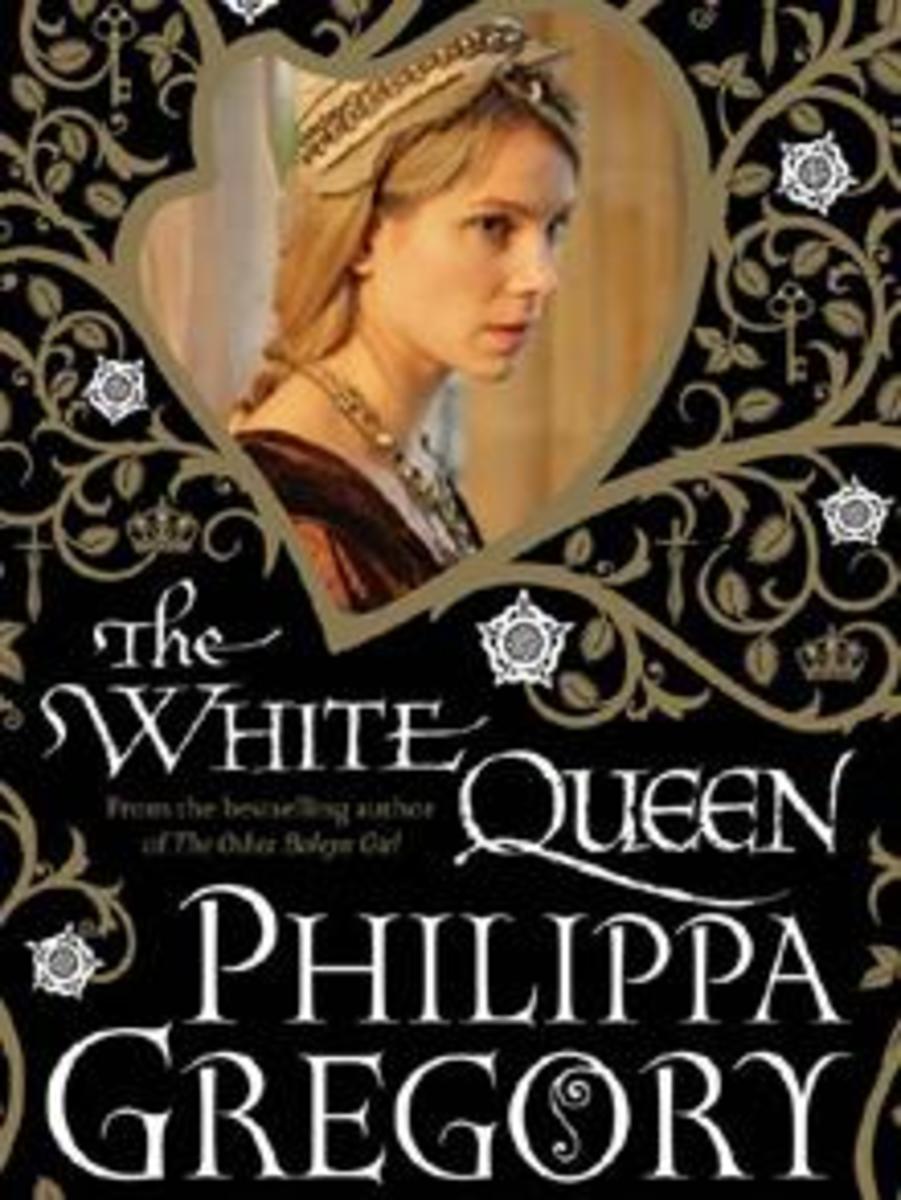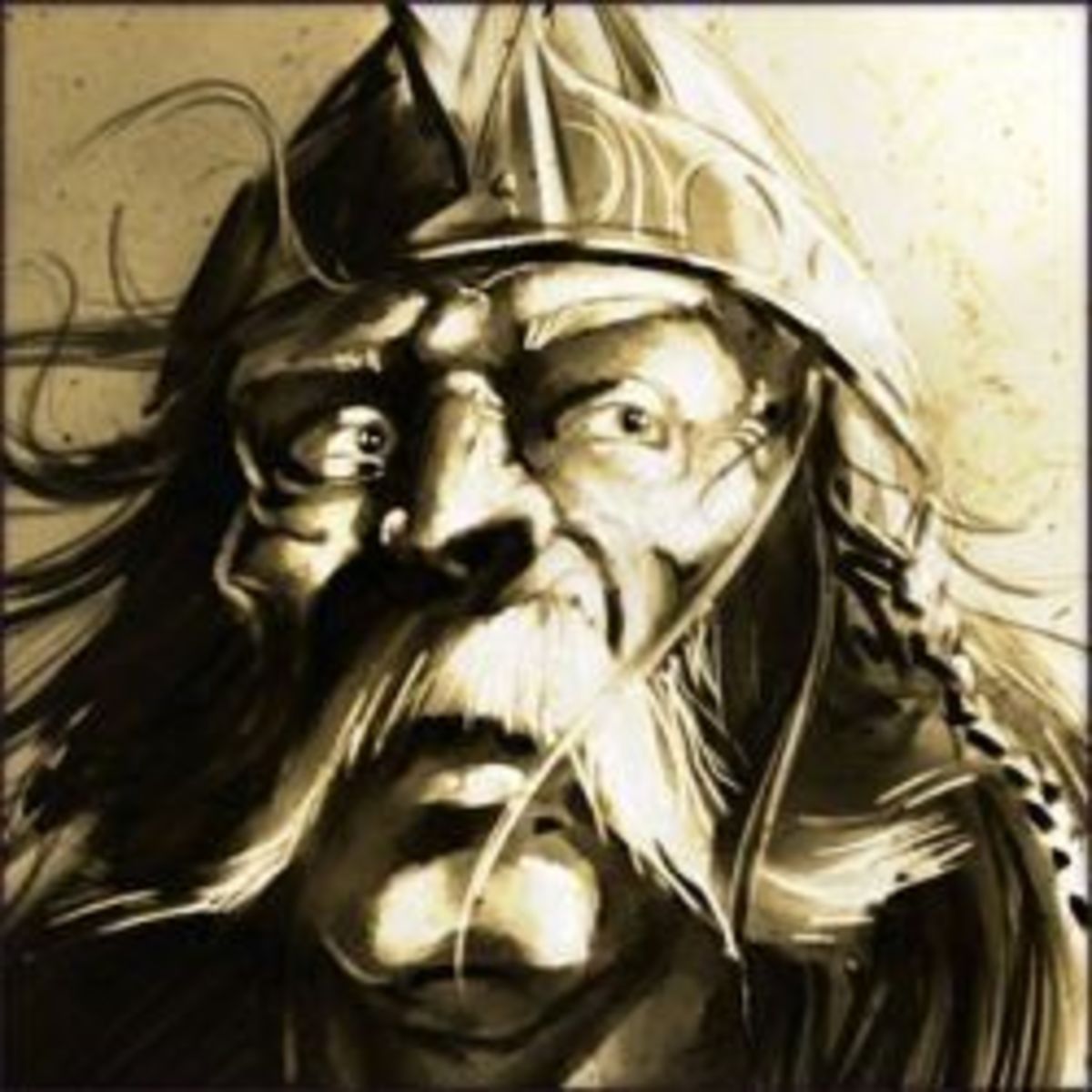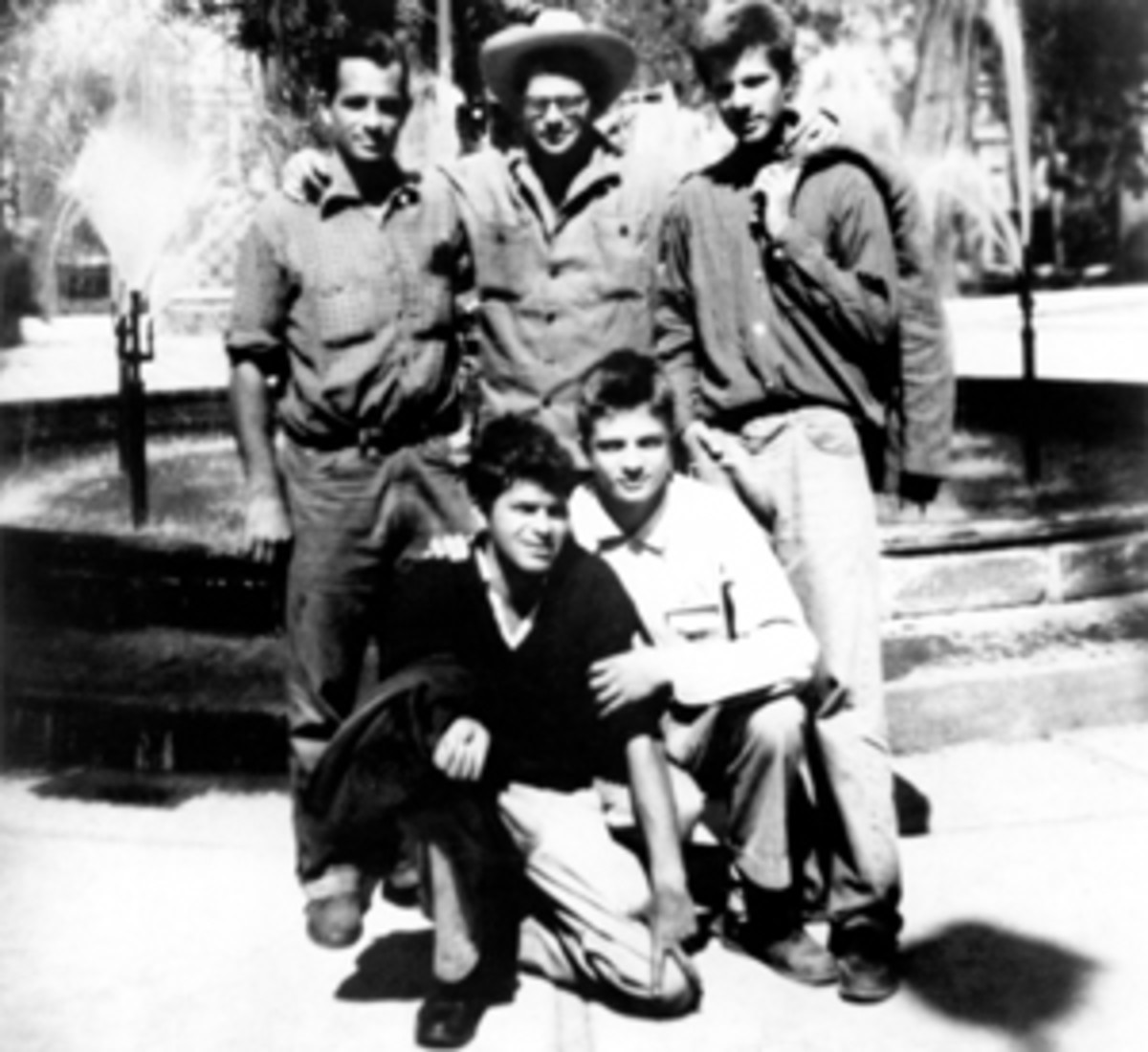Rosemary Sutcliff, Storyteller

A great story teller
Rosemary Sutcliff was first and foremost a great storyteller.
I love her stories! I also love her impeccable historical research and her simple, yet poetic, prose. I love the magical transportation to another time where her characters become as real to me as the people I see every day.
Sutcliff is considered mainly a childrens' author but her books address complex and elemental themes, all in an intricately woven and foreign background. Some are definitely for adult readers.
She was writing on the morning that she died on 23rd July 1992.
I grew up with Rosemary Sutcliff's books
A great heritage
Rosemary Sutcliff's books were part of my growing up. They were presented as novels for children but, on rereading them in my thirties, I discovered a depth of adult themes and adult emotions. I bought a number of them for my own children to read and got the double pleasure when they enjoyed them too.Before that, when my children were too small to read for themselves, I read aloud some stirring stories to them, their particular favourite was the The Wanderings of Odysseus.
It's hard to really point to a favourite of my own among Sutcliff's many brilliant books, but I have great admiration and a deep affection for Black Ships Before Troy and Song for a Dark Queen.
I adore Arthurian novels and have read, at least ten times, the classic Sword at Sunset a powerful adult novel with primitive mythological elements and solid archaeological research.
These three books have layers of understanding which only became noticeable as I grew old enough to understand the depth and complexity of human passion.
A handicap of the body, not of the mind or spirit.
Sutcliff was born in Surrey, England, in 1920 and from early childhood suffered from Still's Disease, a form of juvenile rheumatoid arthritis. At that time the treatment for this painful and crippling condition consisted mainly of bed rest and excruciating remedial surgery.
As a result she spent much time sitting still rather than exploring the environment and developed, as is so often the case with bedridden children, an acute eye for observation. She developed an acute ear too, from the immense number of books that were read aloud to her.
Her literary diet consisted of Beatrix Potter, A.A. Milne, Charles Dickens, Hans Anderson, Kenneth Grahame and Rudyard Kipling. Her mother read to her from old stories of Norse, Celtic and Saxon legends and her mother's own favourite novels by authors of historical fiction.
When Sutcliff was in her early twenties she "got the itch" to write. She used a pen which had been "fattened" and cushioned so that her arthritic hand could guide it easily. The first story she could remember writing was Wild Sunrise, a story about a British chieftain faced with the invasion of the Romans. In her autobiography she stated that she was happy that the story is now lost, as it was not up to scratch.

The Early Books by Sutcliff
Not long after the Second World War, Sutcliff wrote a re-telling of Celtic and Saxon legends which was submitted to Oxford University Press. Although the manuscript was rejected,she was requested to write a version of the Robin Hood Story.
Sutcliff wrote The Chronicles of Robin Hood in longhand and, by the time the manuscript was typed up and returned, she had written The Queen Elizabeth Story and sent it on to Oxford University Press.
Elizabeth of England was her own choice of subject, and she said that she "found it a delight to write". It was accepted, and the two books were eventually published in the same year, 1950.
This book, The Queen Elizabeth Story, was primarily aimed at girls. She acknowledged that this and the next two or three books were "a little too cosy and too sweet". Sweet the story may have been, but I certainly didn't find the story of Elizabeth cosy. It shocked me, moved me to anger and left me with a deep and abiding admiration for a great intellect and a great monarch. An excellent role model for a growing girl.

Sword at Sunset
The first historical view of Arthur
Sword at Sunset is deservedly one of the most admired historical novels about King Arthur.
Though she maintains many of the traditional aspects of the legend, Sutcliff discards the later additions and, along with her own The Lantern Bearers, this is one of the first attempts at an historical setting for King Arthur.
Instead of the Celtic background favoured by earlier authors, Sutcliff features the people of Britain who would have called themselves Roman. When Sword at Sunset was written this was an unusual viewpoint.
Sutcliff always became deeply involved in her books, but this one engaged her more heavily than any other book she wrote. It took some eighteen months to write, and absorbed her completely. She would write from 6am one morning until 2am the following morning, finding the process completely addictive. Usually writing in the third person, Sutcliff found she had trouble with this book, and only became satisfied with it when she wrote in the first person. It was the first time she had done this, but it seemed the best and only way.
After finishing the book, it took her several weeks to get back into her own skin, after thinking herself so completely into the character of Artos
Sword at Sunset is the best story yet written accenting the Romano-British cavalryman, the Dux Bellorum, whose deeds gave rise to the legend of King Arthur.
At the precipice of British history - In a time of grave national peril.

Don't overlook the Lantern Bearers
Before Sword at Sunset is Sutcliff's 'young adult' book, The Lantern Bearers.
Set in the brief Romano-Celtic twilight between the end of the Roman Empire and the creation of Anglo-Saxon Britain, this is one of Sutcliff's finest works and surpassed only by its adult-oriented sequel, "Sword At Sunset".
She captures the sadness of the end of an era with a small group of people who, as in the title, became Lantern Bearers, trying to keep alight the flame of civilisation as the darkness and chaos of the Dark Ages threatened to swamp Britain.
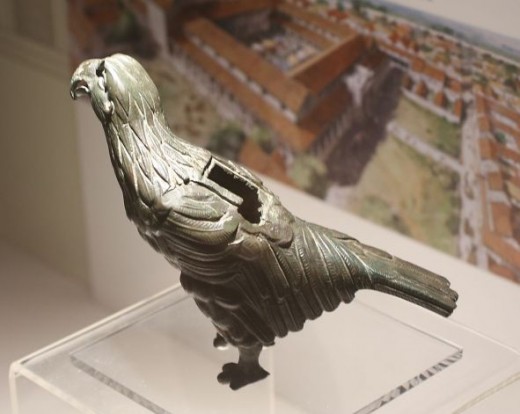
Inspiration - The Silchester Eage
Sutcliff was inspired by the Silchester Eagle.
This cast bronze figure of an eagle was found in the Basilica of the Roman town of Calleva, near Silchester, in1866. The bird is posed with its wings outstretched, its head raised and turned to the right. The original wings are missing but it's clear, from the careful modeling of the feathers beneath them, that they must have been extended and raised. In 1962 Jocelyn Toynbee described the eagle as ‘by far the most superbly naturalistic rendering of any bird or beast as yet yielded by Roman Britain’.
It was repaired during its lifetime when new wings and probably new feet were fitted. Later it lost its replacement wings and suffered damage to its replacement feet. The curve of the underside of the feet suggests that the eagle’s claws once grasped the surface of a globe, also now missing, probably held in the hand of a statue of an emperor or a god. The eagle is not a legionary eagle, but was immortalised as such in Sutcliff's The Eagle of the Ninth and The Silver Branch.
Eagle of the Ninth - "If the Eagle is lost, the Legion dies"

The Ninth Legion
Legio IX Hispana
During the revolt against Roman rule launched by Boudicca of the Norfolk Iceni, the Legio IX Hispana, led by Quintus Petillius Cerialis, was virtually destroyed by the British tribes. 70% of the legion was lost, the worst defeat suffered by Rome in the British Isles.
The fate of the IX Hispana (The Spanish One) attracted much attention after Sutcliff's book was published in 1954 in which she suggests that the Picts wiped out the legion in 117. It's true that the legion lost about two thirds of its men when fighting against Boudicca in 60, but Cerialis continued his career and was later Governor of Britannia.
However the Ninth disappears from history shortly after.
Their last record in Britain dates from 109 when they set up a fortress which later became part of Eburacum (present day York).
Sutcliff's writing process
All written in longhand
Sutcliff's writing method would chill any modern writer!
Margaret Meek explained Sutcliff's writing methods in Rosemary Sutcliff (1962).
Sutcliff used large red notebooks to make her research notes in. An encyclopaedia would be the first port of call, which would in turn provide a reading list. This would be presented to the local library, and when those books arrived they could be mined for the bibliographies in the back, as well as the information in the main part of the works. All the sifted information would find its way into the red notebooks. Then Sutcliff would start to create a picture of the daily life of the era her idea was set in, and make a draft outline of around three thousand words in longhand.
Imagine what Sutcliff could have done with a computer!
Sutcliff Collectibles
Many of Rosemary Sutcliff's books are out of print or otherwise hard to get. A number of them are classified as Collectibles.
Have a look for these classics
Many of Sutcliff's books are out of print these days but you can search for them at Amazon or other bookstores. I've picked up a few which were being sold secondhand and also had luck with eBay.
Look for Song for a Dark Queen and Sun Horse, Moon Horse
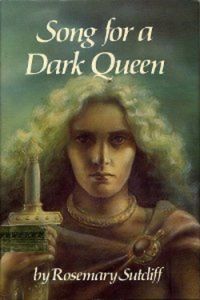
Song for a Dark Queen
Song for a Dark Queen is the story of Boudicca.
Boudicca, the Iceni queen led the revolt that very nearly ended Rome's occupation of Britain.
The story is told in the first person (a mode in which Sutcliff excells) by Cadwan, harpist to the queen, who loves Boudicca without being blind to her faults. Because of his position within the royal household, Cadwan possesses an intimate knowledge of the Iceni's last queen.
Boudicca is always encircled with the mystique of legend, distanced from everyone else in the tale while in contrast, Cadwan is warm, though reserved, with an unflinching devotion to his queen and a heartbreaking bond with her doomed youngest daughter Nessan.
This isn't a 'cozy' book, and it's not really for the 13 year old reader.

Sun Horse, Moon Horse
A prehistoric tale of sacrifice, honour and courage
Inspired by an ancient chalk depiction of a galloping horse, this stark story gains momentum until the ultimate and grim denouement, making a powerful tale of sacrifice and isolation in order to complete the picture magic.
Thousands of years ago an unknown artist presented the world with a wild, windswept white horse on the High Chalk-- a gift that has been preserved through the millenia, a gift which still speaks to us today. Who was this ancient artist?
In Sun Horse Moon Horse, a youthful warrior, Lubrien Dhu, is the third son of the Chieftain in prehistoric Britain. Dark of skin and features in this nordic-looking clan, he feels stirrings in his mind to represent the natural world around him in two-dimensional form. Amongst his people the Iceni, who count their wealth by herds of horses, few appreciate his artistic insight.
Once again, Sutcliff makes you feel as if this is how it really happened. And who is to say that she isn't right?

The Wanderings of Odysseus - Epic grandeur fused with a direct simplicity
A companion to Black Ships before Troy, a terrific book which seems impossible to get anymore, this handsome, large-size volume retells Homer's Odyssey with thrilling drama. The story of Odysseus and his long years of wandering in the wilderness has the mythic power of everyone's search for home.
Several episodes are just right for reading aloud, such as the blinding of the Cyclops and his howl of revenge.
This is definitely a childrens' book, but it doesn't patronise and always stays true to the grain of the story.
Do you know the Rosemary Sutcliff books?
Have you read Sutcliif's novels?
© 2009 Susanna Duffy

